Photography Opportunities in Ngorongoro Crater
Ngorongoro Crater offers exceptional photography opportunities for your Tanzania Luxury Safari. The golden hours of dawn and dusk enhance the caldera’s vistas.
They illuminate wildlife against dramatic backdrops. A 300-400mm telephoto lens captures detailed shots of lions or black rhinos. A 16-35mm wide-angle lens frames the crater’s expansive landscapes or Lake Magadi’s flamingo flocks.
The dry season (June to October) provides dusty, cinematic effects.
The wet season (November to May) enriches the greenery, ideal for swamp and forest scenes. Tripods stabilize rim panoramas, and polarizing filters reduce glare from soda lakes.
Private photography safaris position you for optimal compositions, arranged through lodges like &Beyond.
What is the best time for Visiting Ngorongoro Crater?
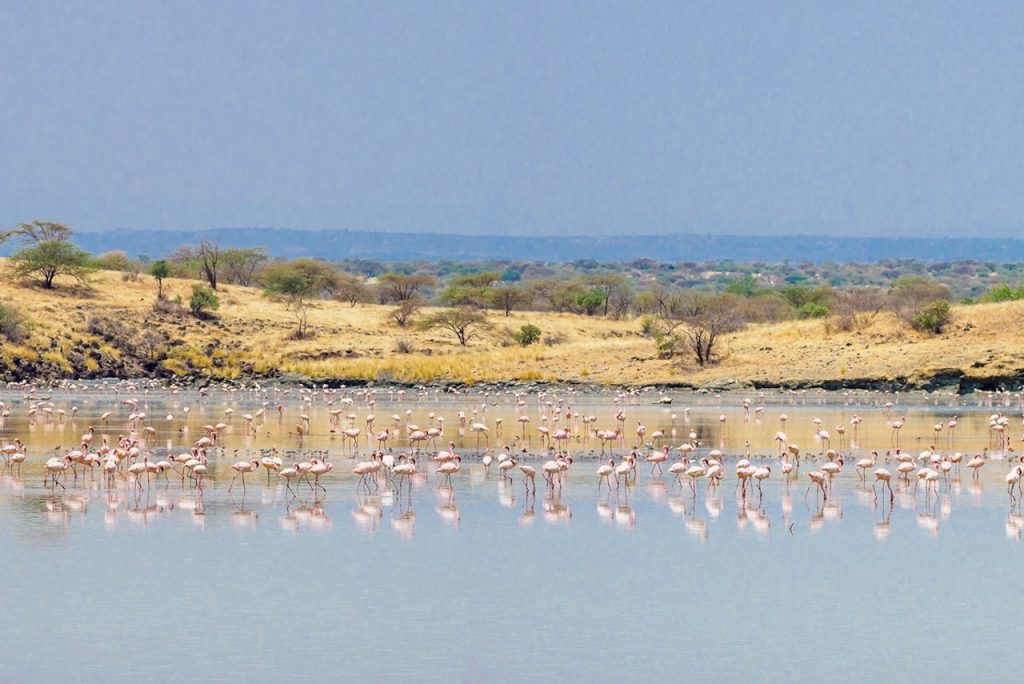 The dry season (June to October) offers mild temperatures (20-28°C/68-82°F) and clear skies.
The dry season (June to October) offers mild temperatures (20-28°C/68-82°F) and clear skies.
These create ideal conditions for game viewing. Wildlife congregates at water sources like Gorigor Swamp during this period.
The wet season (November to May) brings lush landscapes and fewer visitors. Short rains (November to December) and long rains (March to May) enhance the crater’s vibrancy.
Flamingo populations peak at Lake Magadi during wet months.
Shoulder seasons, June and November, balance favorable weather and quieter experiences. They are perfect for an exclusive Tanzania Luxury Safari.
Nighttime temperatures on the rim (8-12°C/46-54°F) require warm layers.
How to get to Ngorongoro Crater
Ngorongoro Crater is accessible from Arusha, located 180 kilometers away. The journey takes three hours via private 4×4 vehicles.
Alternatively, a 45-minute flight to Lake Manyara Airstrip, followed by a one-hour drive, offers convenience for luxury travelers.
The crater’s descent roads require robust 4×4 vehicles. These are typically arranged by premier lodges like Lions Paw Camp or Ngorongoro Lodge Meliá Collection. This ensures a seamless Tanzania Luxury Safari.
Fees, Costs, and Practical Information
A Tanzania Luxury Safari in Ngorongoro Crater requires careful planning to ensure an exceptional experience. Below are key considerations for entry fees, activities, accommodations, and practical guidance, curated by Safari Desire.
Park Entry Fees
Ngorongoro Crater requires a vehicle entry fee and a per-person fee for non-residents. These are payable through the NCAA card system. Fees contribute to conservation efforts, such as protecting black rhinos and supporting Maasai community projects.
Currently as at 2025; Ngorongoro Conservation fees otherwise referred as park entry fees are USD 71 per adult over 16 years old, and USD 24 for children aged 5 years to 15 years. Children under 5 years old enter The Ngorongoro Conservation Area free of charge.
Activity Options in The Ngorongoro Conservation Area
- Private game drives offer tailored tracking of the Big Five in custom 4×4 vehicles.
- Guided walking safaris explore the crater’s rim or nearby Empakaai and Olmoti craters.
- Maasai cultural tours provide authentic experiences with traditional dances and beadwork demonstrations.
- Photography safaris and rim sundowners elevate your journey.
Travel and Transport to Ngorongoro Crater
Travelers can reach Ngorongoro via domestic flights from Arusha to Lake Manyara Airstrip, followed by a one-hour drive.
Direct 4×4 transfers from Arusha to Ngorongoro Crater take approximately three hours.
Practical Information
Pack sunscreen (SPF 50) and dust masks for the dry season. Binoculars and warm layers are essential for cool rim nights (8-12°C/46-54°F).
Malaria precautions are advised during the wet season.
Bring Tanzanian Shillings (TZS) or USD for local payments, such as cultural tour tips. Wi-Fi is available at deluxe lodges but limited elsewhere.
Power outlets are 220V; universal adapters are recommended.
Booking Guidance for Luxury safaris to Ngorongoro Crater
Pre-book with Safari Desire for expertly curated itineraries and private guides. This ensures seamless logistics and a tailored Tanzania luxury safari experience. Get in touch with our Tanzania Luxury safari experts any time!
Hidden Gems of Ngorongoro Crater
Empakaai Crater offers a scenic rim hike to a flamingo-filled soda lake. It is guided by Maasai experts for an immersive experience.
Lerai Forest, a shaded haven, shelters leopards and elephants.It is ideal for secluded game drives.
Lake Magadi, a soda lake, hosts vibrant flamingo flocks, especially in the wet season.
Gorigor Swamp is a hotspot for hippos and grey crowned cranes, perfect for birdwatching.
Olmoti Crater features a tranquil rim trail with cascading waterfalls, accessible via guided walks.
Why visit Ngorongoro Crater for a Luxury Safari in Tanzania?
Ngorongoro offers unrivaled wildlife density, with the Big Five in a compact caldera. Its geological marvel, the world’s largest intact caldera, blends dramatic landscapes with ecological richness.
Luxury accommodations like Meliá Ngorongoro, andbeyond Crater Lodge, Crater’s Edge and Lions Paw provide five-star comfort with caldera views.
Maasai cultural tours offer meaningful connections to Tanzania’s indigenous traditions.
Over 500 bird species, from flamingos to raptors, captivate birdwatchers.Plan
Your Ngorongoro Luxury Safari with Safari Desire
Experience the Ngorongoro Crater’s wildlife, landscapes, and luxury with Safari Desire.
From exclusive game drives to cultural immersions, pair your crater adventure with Serengeti or Zanzibar. This creates a comprehensive Tanzania Luxury Safari.
Frequently Asked Questions
Q – What makes Ngorongoro Crater a top destination for a Tanzania Luxury Safari?
A – Its unique caldera, dense Big Five populations, and luxury lodges create an unmatched experience.
Q – Are black rhinos commonly seen in Ngorongoro?
A – Black rhinos are present but elusive. Private guides enhance the likelihood of sightings.
Q – Which luxury accommodations are recommended in Ngorongoro?
A – Lions Paw Camp, andBeyond Crater Lodge, Wilderness Crater’s Edge, Lemala Ngorongoro Camp, The highlands at Ngorongoro and Ngorongoro Lodge Meliá Collection offer exceptional experiences.
Q – When is the best time to visit Ngorongoro Crater?
A – The dry season (June-October) excels for wildlife viewing. The wet season (November-May) offers lush scenery and flamingo flocks.
Q – How can I plan a luxury safari in Ngorongoro?
A – Safari Desire curates seamless itineraries with private transfers and exclusive activities.

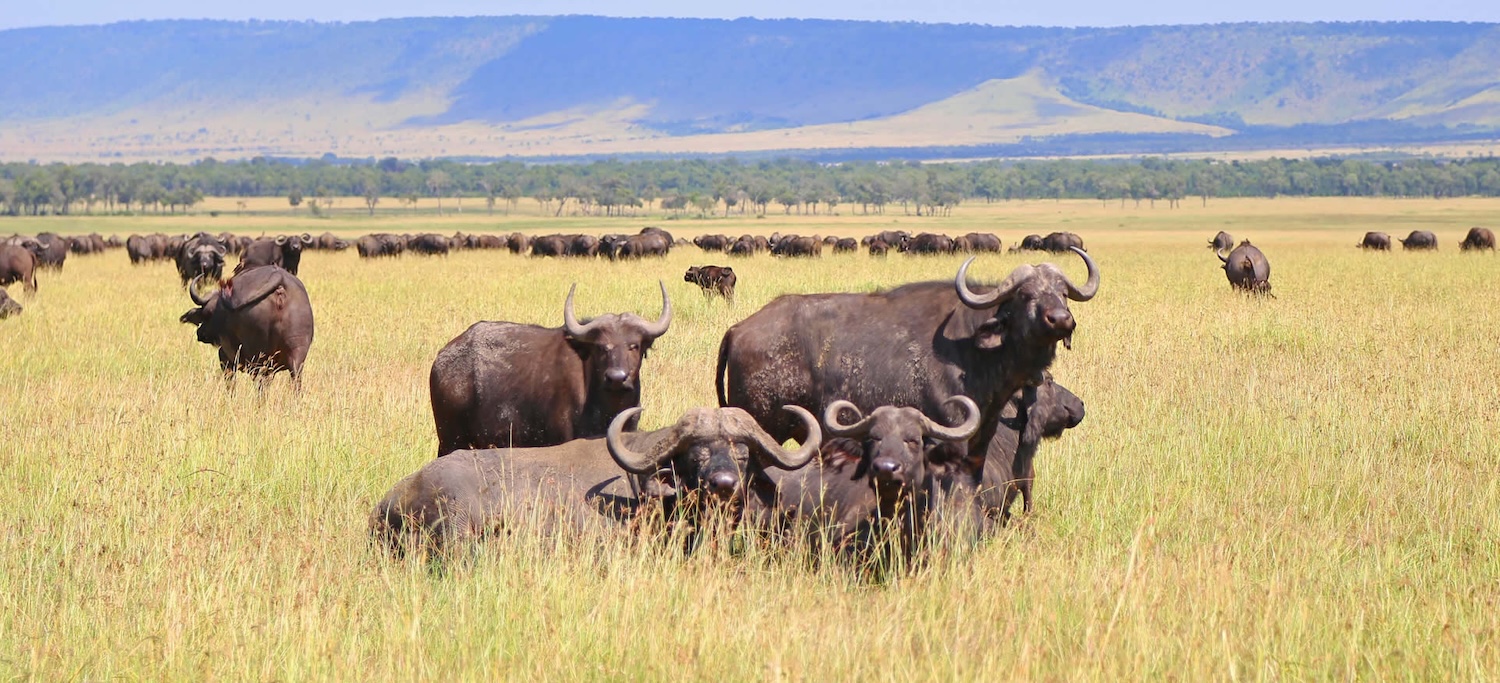
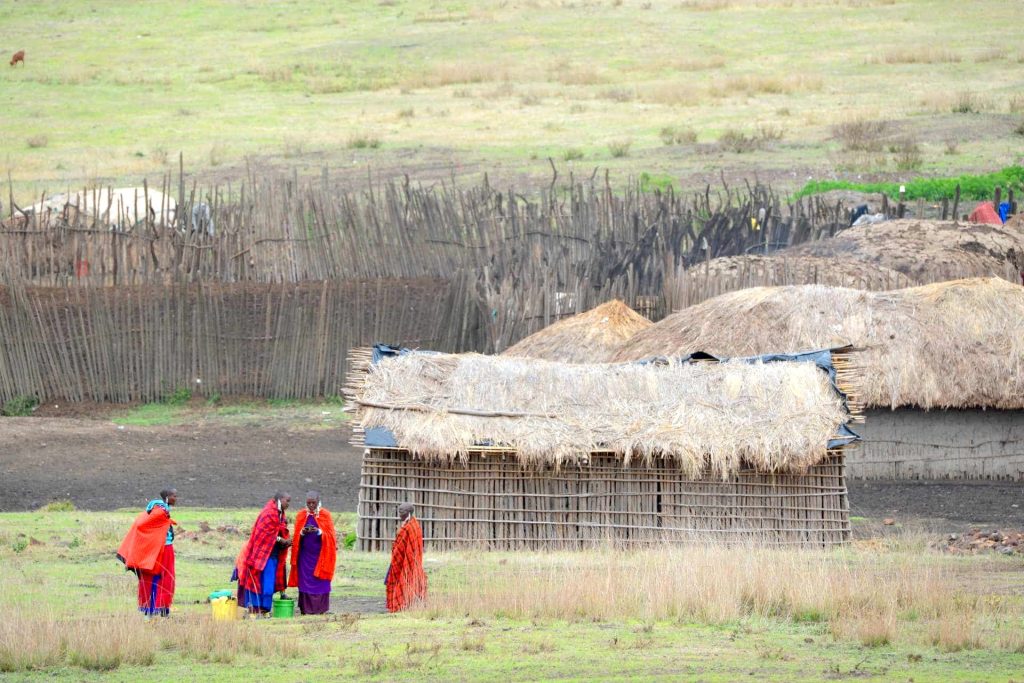 The Ngorongoro Crater’s history is as captivating as its landscapes. Formed 2-3 million years ago when a massive volcano collapsed, the caldera has been a haven for life ever since.
The Ngorongoro Crater’s history is as captivating as its landscapes. Formed 2-3 million years ago when a massive volcano collapsed, the caldera has been a haven for life ever since.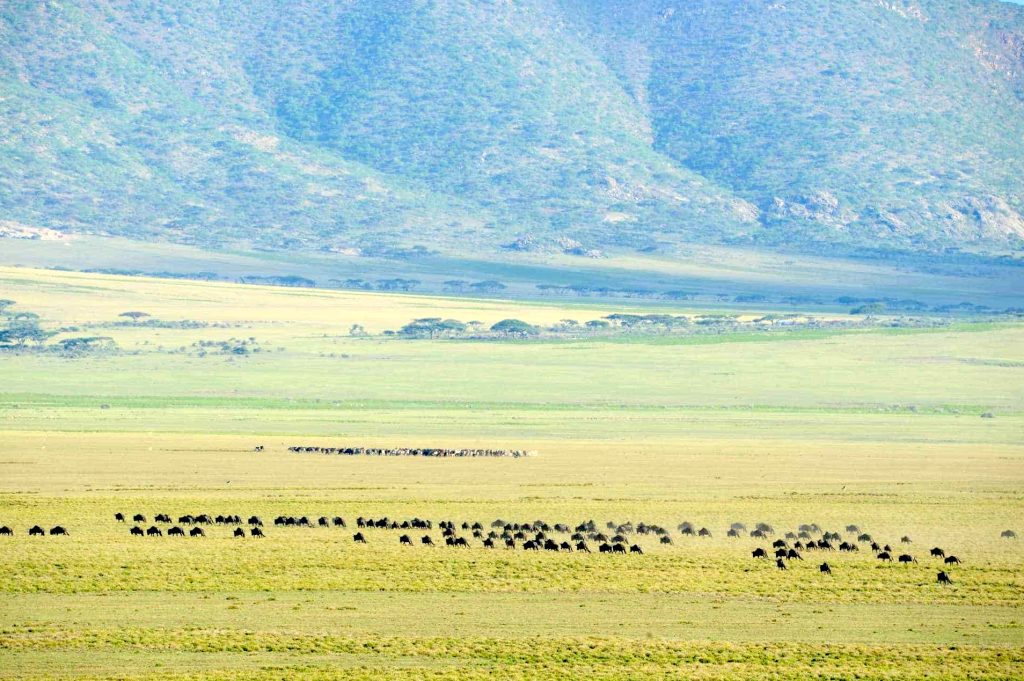 The Ngorongoro Crater’s geological profile is a testament to its status as a natural wonder. The 260 km² caldera, formed by volcanic collapse, features a fertile floor with diverse habitats.
The Ngorongoro Crater’s geological profile is a testament to its status as a natural wonder. The 260 km² caldera, formed by volcanic collapse, features a fertile floor with diverse habitats.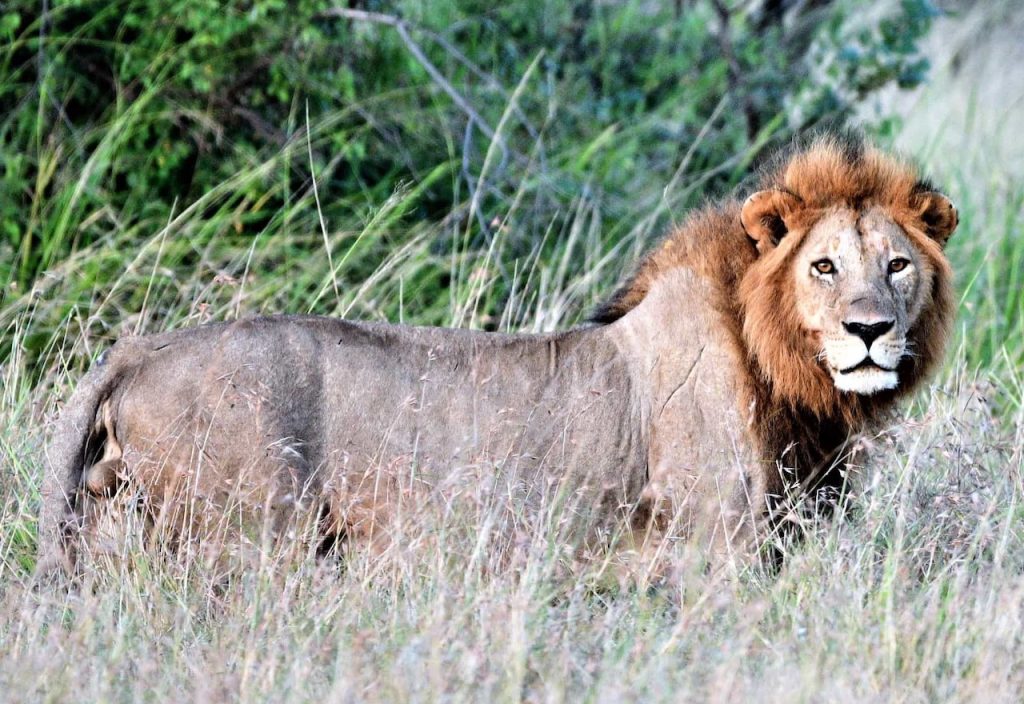 Ngorongoro Crater is a sanctuary for an estimated 25,000 animals. It is one of the most wildlife-dense destinations for a Tanzania Luxury Safari.
Ngorongoro Crater is a sanctuary for an estimated 25,000 animals. It is one of the most wildlife-dense destinations for a Tanzania Luxury Safari. The dry season (June to October) offers mild temperatures (20-28°C/68-82°F) and clear skies.
The dry season (June to October) offers mild temperatures (20-28°C/68-82°F) and clear skies.